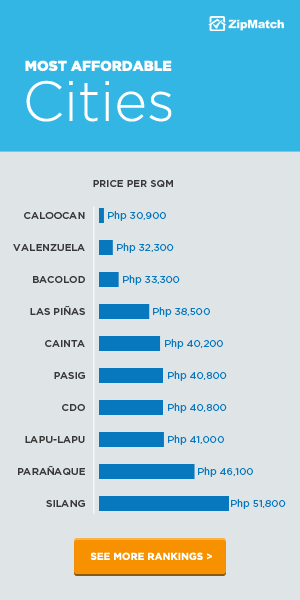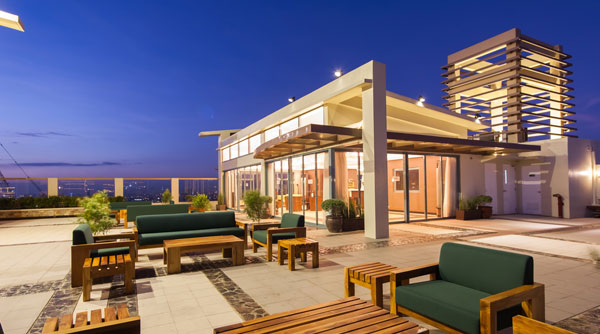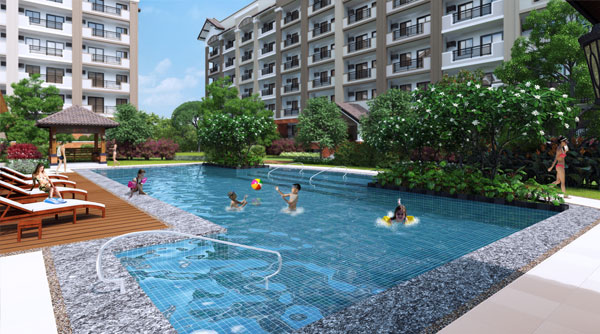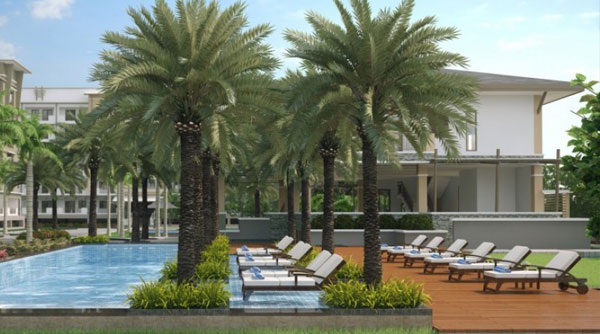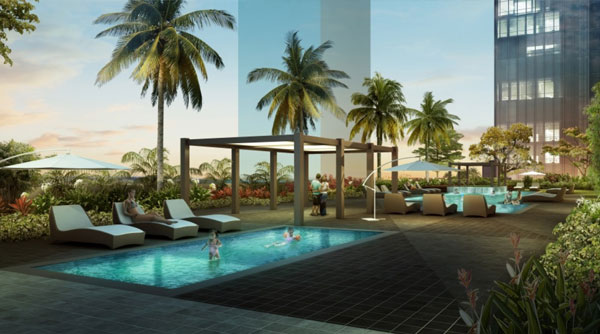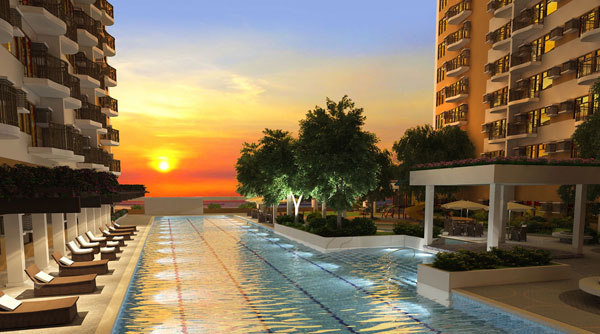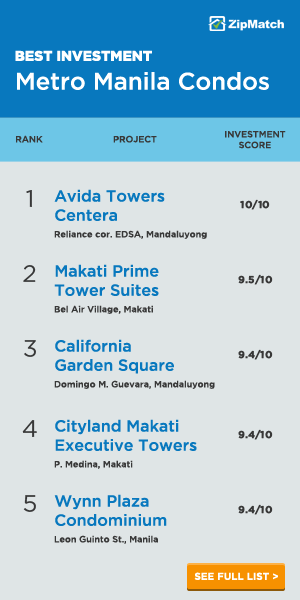For a metropolis roughly the size of Singapore, Metro Manila packs quite some punch. It accounts for 33 percent of the Philippines’ gross domestic product, which at $159 billion in 2011 makes it Southeast Asia’s second wealthiest urban agglomeration, according to PricewaterhouseCoopers. This wealth is evident in its gleaming business districts, shopping malls, and monoliths of swanky real estate.
Unfortunately when you scratch Metro Manila’s polished surface you’ll find a host of ecological problems. Estimates say that close to 20 million people pack the metropolis’ crowded streets, malls, offices, and homes in the daytime, almost half of them from the neighboring provinces of Bulacan, Rizal, Laguna, and Cavite. Metro Manila’s infrastructure is inadequate to serve all these people.
To say that Metro Manila has serious infrastructure and environmental problems is an oversimplification,
says former lawmaker Dr. Nereus Acosta, presidential adviser for Environmental Protection, general manager of the Laguna Lake Development Authority, and the principal author of the Clean Air Act in a lecture during the Real Estate Brokers Association of the Philippines’ (REBAP) 3rd General Members’ Meeting.
During the lecture, Dr. Acosta enumerated the ecological issues affecting real estate, and how we can make the industry work with nature, not against it.
1. There’s No Economy Without Ecology
It cannot be denied that the Philippine real estate industry is booming. In Metro Manila alone, a mere 7,000 condo units were completed by the turn of the millennium, which ballooned to approximately 90,000 by the end of 2011. Between 2012 and 2016, approximately 154,000 condo units are expected to be completed. To give you an example of Metro Manila’s dramatic transformation, look no further than Bonifacio Global City, which was once an empty field in the mid-1990s, and is now the capital’s newest CBD.
But according to Dr. Acosta, our obsession with everything swanky and concrete blinds us from the more pressing issues, such as environment protection. He added that we should be careful so as not to indiscriminately develop land just because we can.
Long-term sustainability should always be our goal. Economy without regard to ecology is disastrous in the long run.
2. Metro Manila Is Fast Losing Its Green Areas
Rapid urbanization and population growth have rendered the metropolis almost devoid of green areas. Although pockets of greenery dot Metro Manila, many of them sit on government-owned land (such as the National Center for Mental Health in Mandaluyong, Arroceros Forest Park in Manila, and the Veterans Memorial Medical Center in Quezon City) and are being threatened by development as the government needs cash to finance its many services.
As a result, these pockets of green are at the mercy of property developers, whose main objective is to make money from real estate. Although the government needs to take care of its citizens’ needs, the most pressing of which is the provision of adequate shelter, there should be a balance between what is needed and what is profitable.
We need not look further than neighboring Singapore, who packs about 5.4 million people in a space about the size of Metro Manila, yet still manage to maintain half of its area as greens. This demonstrates that people’s need for housing and preserving the environment need not clash.
3. Metro Manila Is Very Vulnerable to Natural Calamities
According to leading global reinsurer Swiss Re, Metro Manila is the second most vulnerable city from natural disasters, after the Tokyo–Yokohama metro area. The Philippine capital sits on an active fault line, putting us at risk for earthquakes and tsunamis, and the country lies on the firing line of typhoons forming in the northwest Pacific Basin, which makes powerful tropical typhoons a constant threat.
The fact that we are very vulnerable to natural calamities should dictate how we plan our cities.
Look no further than the Netherlands’ Amsterdam, which is situated 2 meters below sea level and for centuries been devastated by floods. According to Dr. Acosta, Amsterdam’s network of canals is a result of conscious city planning, where officials considered the citizens’ safety before anything. Over the centuries the Dutch perfected their flood-control technology, which practically made Amsterdam one of the safest in the world.
4. Real Estate Is Traditionally Averse to Ecological Management
For a business focused on exploiting land and its resources, real estate has traditionally been regarded as averse to ecological management. Dr. Acosta says,
This shouldn’t be the case.
On the contrary, the industry can be at the forefront of environmental protection as it has the means to do so. In fact, green and sustainable make a lot sense, and if done efficiently and measured correctly, can be financially rewarding in the long term.
5. We’re Facing an Increasingly Crowded Metro Manila
Metro Manila is one of the world’s most densely populated urban conurbations. In fact, at 43,079 inhabitants per square kilometer, Manila proper alone is the world’s most densely populated city, according to Forbes, dwarfing Kolkata and Mumbai in India and Dhaka in Bangladesh. Notorious for traffic jams, Manila was also ranked by Forbes as the world’s most congested city.
The fact that we have these issues should prompt our policymakers to think of long-term solutions, not piecemeal ones, to alleviate this problem. Decongesting Metro Manila should involve more than just building more roads for cars and constructing high-rise residences.
A long-term plan should involve providing adequate housing where they are needed, at prices that the people who need them most can afford, in areas served by efficient transport links catering to the mass transport–going public. Noted Indian architect and urban planner Charles Correa once said:
We must create cities where the poor are not dehumanised and pushed into a corner.
6. Build with Nature, Not Against It
Climate change and ecological sustainability (or lack thereof) are great equalizers. We all need real estate, be it for shelter, the places where we work, or leisure and lifestyle, but in any sector of the economy, everything will vanish without environmental protection.
According to Dr. Acosta, climate change and ecological balance should become the key indicators on how the real estate industry should grow.
How we manage our ecosystems will determine how we are to adapt (and survive) the increasing severity of climate change. And the real estate industry has a big role to play.



